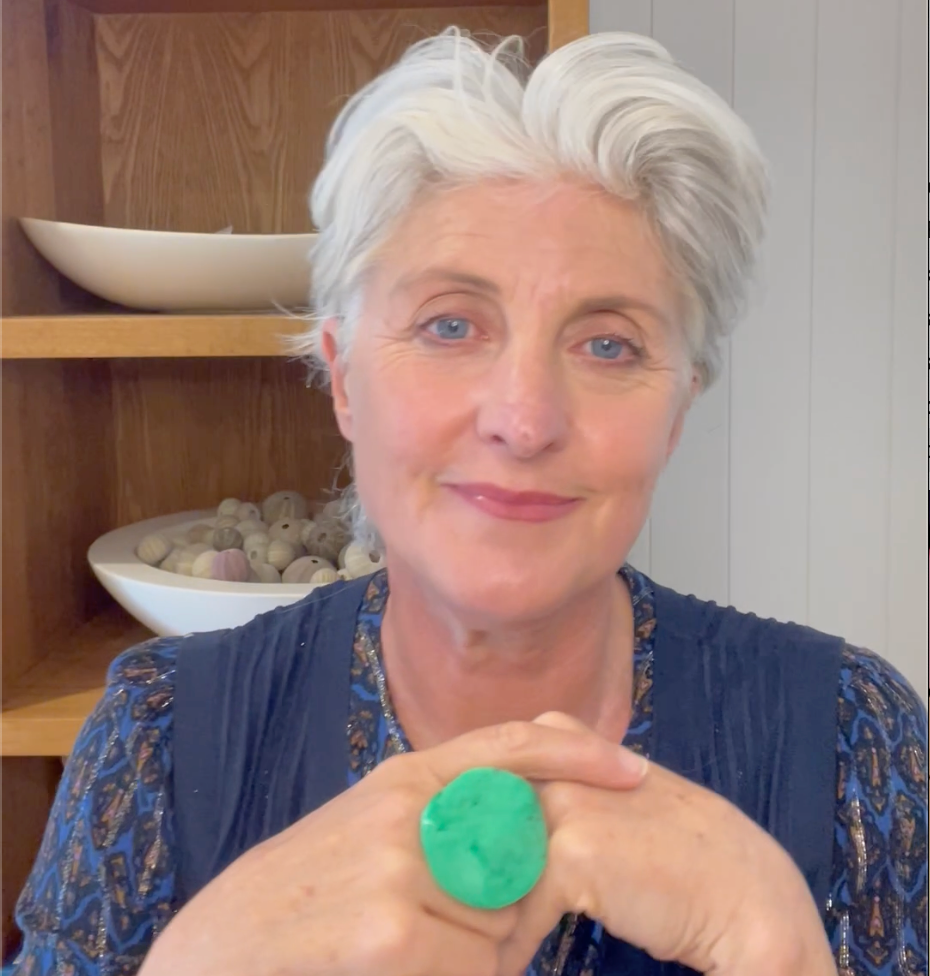Menopause and the Rollercoaster of Skin Changes:
What I Learned From 10 Years of Hormonal Highs and Lows
If someone had told me ten years ago that my skin would become one of the biggest indicators of my hormonal shifts, I might have laughed and reached for another bottle of moisturiser. But now, a full decade through the rollercoaster of perimenopause and menopause, I can tell you — skin changes during this transition are real, often frustrating, however with the right knowledge, manageable.
This isn’t just about dry skin or a few extra wrinkles. Menopause affects every part of us —our mood, our sleep, our heart, bones, and yes, our skin. And while menopause is a normal part of aging, for many of us, it comes wrapped in a package of emotional turbulence and physical symptoms that can last years.
UNDERSTANDING THE MENOPAUSE JOURNEY
In Australia, the average age of menopause is 51. That’s the age most women have their final period. But the journey often starts years before that — during perimenopause, when hormone levels begin to fluctuate and symptoms slowly creep in it can feel like a silent assassin. Once you’ve gone 12 months without a period, you’ve officially reached menopause, and what follows is postmenopause — a new chapter entirely.
This transition is deeply personal. Some glide through it with minimal fuss, while others ride a hormonal rollercoaster that dips and dives unpredictably. It’s influenced by genetics, lifestyle, ethnicity, and overall health. No two stories are the same — but many of the skin changes we see? Oh yes, they are familiar.
WHAT IS REALLY GOING ON WITH OUR SKIN?
Let me paint the picture from personal experience: one morning, your skin is glowing; you get comments “ your skin always looks great” and yes having been in the skin care industry most of my adult life this was an advantage. However, the next minute, it’s dry, tight, its breaking out like a teenager, rashes appear from nowhere and suddenly there are lines in places you didn’t notice yesterday. Sound familiar? Oh and wait for it…this doesn’t just happen once, it becomes an ongoing battle for nearly 10 years. Let’s look at the science:
HORMONES THE MAIN CULPRITS
THE OESTROGEN FACTOR
Oestrogen Declines = Reduced Skin Resilience
The hormone that supports youthful, plump, hydrated skin — is steadily declining and what we notice is:
• Reduces collagen production
• Thinning skin
• Increased dryness
• Healing slows down
• Skin natural defences to environment reduces
• Our skin gets more reactive to temperature, products, and environmental stressors —yes and increase in sensitivity. This is also why you may suddenly find yourself reacting to products you’ve used for years without issue.
THE TESTOSTERONE FACTOR
Testosterone Influence = Breakouts. Even as oestrogen declines, testosterone (which women also produce, just in smaller amounts) can remain relatively stable for a while. That hormonal imbalance can lead to:
• Increased sebum (oil) production
• Clogged pores
• Acne breakouts, particularly around the jawline, chin, and cheeks — similar to hormonal acne in your teens or during your menstrual cycle
THE PROGESTERONE FACTOR
Fluctuating Progesterone = Skin Chaos. Progesterone also dips during menopause, and it normally helps keep and calm the skin. Without it, you may notice:
• Puffiness
• Oil imbalance
• More irritation or redness
• Even more breakouts during hormonal swings
In plain terms? The skin becomes less elastic, more prone to wrinkles, and can lose volume —especially around the jawline, cheeks, and neck. I saw it firsthand: sagging where there once was firmness, random breakouts that echoed teenage years, and a persistent dryness that my old moisturiser just couldn’t touch. I had random sensitivity creep in with skin rashes.
How I Learned to Care for My Skin Differently
In my 20’s and 30s, skincare was simple. Cleanse, moisturise, maybe throw in a serum here and there. But as menopause began in my mid 40’s I had to rethink everything. My skin needed more — more support, more hydration, and more kindness.
Here’s what I’ve learned works — not just from research, but from living it, trying it, and tweaking it based on how my skin and many of my clients’ skin responded.
Cleansing — Gently Does It
During menopause, skin becomes more sensitive and fragile. Harsh cleansers made my dryness worse, so I turned to more gentle options. Our Soapless Jelly Cleanser —rich in olive-derived squalane and other nourishing plant oils is great if you are dealing with dryness and sensitivity. It removes impurities without stripping the skin.
If dryness and sensitivity isn’t an issue for you, our mild Active Enzyme Cleanser (with pomegranate enzymes) can help gently exfoliate without disrupting the skin barrier. Perfect for gentle daily cellular turnover.
Exfoliation — The Right Kind, At the Right Time
As cellular turnover slows, skin can look dull and uneven. Exfoliation must be done with care. Rosehip Peel and Polish is ideal with its subtle olive seed granules, kaolin clay to detoxify, glycolic acid to smooth and CoQ10 to boost antioxidant protection. Your skin is left renewed and hydrated. If you are dealing with breakouts or congestion the Glycolic Jojoba Pearl Scrub is a gel infused with jojoba pearls to offer a soft manual scrub blended with willow bark (salicylic acid) to penetrate pores and reduce build-up.
Serums - Support Collagen Like Your Skin Depends On It — Because It Does
As oestrogen decreases, so does our ability to naturally produce collagen and elastin — the structural proteins that keep skin firm and youthful. Look for active supportive ingredients like peptides, vitamin C ( in various forms including Kakadu Plum), and retinol can all work together to encourage this synthesis of collagen. We will never get back the levels we had but we can support our skin to keep producing it even if it is in lower quantities. Collagen Boost and Repair.
Hydration & Moisture — The New Non-Negotiable
Menopausal skin doesn’t retain water the way it used to. That means layering products that hydrate and lock in moisture.
My go-to ingredients:
• Hyaluronic Acid – to draw in moisture
• Ceramides – to seal it in
• Squalane, Shea Butter, and Plant Oils – to nourish and protect
• Niacinamide – versatile ingredient that improves hydration and barrier function
• Aloe Vera – soothing and has the ability to attract moisture
• Panthenol – humectant that attracts moisture and supports the skin barrier
My go to products are the Biomimetic Moisturiser and the Night Restore Cream.
Menopause Is About More Than Skin
Skin changes is just one of the many ways menopause shows up. The bigger picture includes changes to our heart, bones, brain, mood, and metabolism.
Here are a few things to be mindful of — for health and sanity:
• Talk to your doctor about symptoms and treatment options
• Get screened for osteoporosis
• Keep up with mammograms and heart health checks
• Don’t forget your skin sun checks
• Eat well and stay active, get into nature
• Make time for friends and connection
• Don’t be afraid to ask questions or seek help
Final Thoughts: Embracing the Change
Menopause isn’t a disease. It’s a natural transition — though, let’s be honest, it doesn’t always feel natural. It’s complex, it’s personal, and yes, it can be frustrating. The day I had a blood test for my hormone levels and my Doctor kindly said “well you have no Oestrogen”, I almost shed a tear. That’s it I thought, it’s done it’s over and now I am this “new” women.
Now it’s time to embrace who we are, tune in, and take better care of ourselves — not out of vanity, but out of respect for what our bodies are going through.
My skin and I have been through a lot together. And if there's one thing I know for sure, it’s this: you can age gracefully— on your own terms — when you give your skin (and yourself) the care you deserve.


Leave a comment